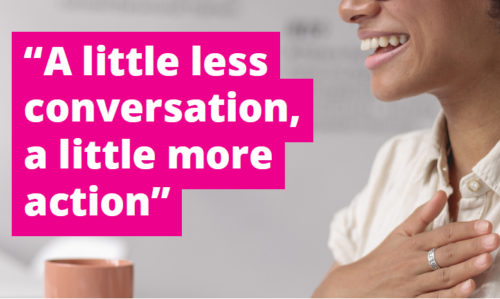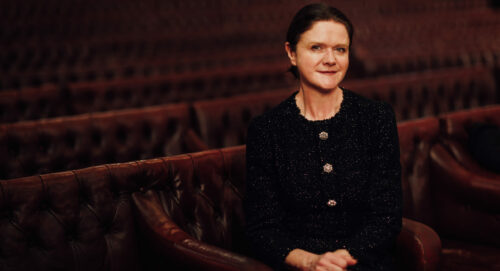Seen but not served: ensuring appearance does not affect customer service
Written by Hannah Saunders, Face Equality International
In the last few months, there have been several stories in the news about people with facial differences being refused service in a restaurant or cafe in Britain.
A facial difference is any condition, mark or scar which affects someone’s appearance. Oliver was asked to leave a London restaurant by staff who claimed that his appearance was upsetting other diners. And Amit was told that the cafe had suddenly stopped serving when he arrived.
Regrettably, these shocking incidents are not wholly unexpected. Decades of research shows that people with visible differences can face ongoing harassment and discrimination while out in public. In one study into the experiences of people with psoriasis, shockingly 19% said they had been asked to leave a public place because of their appearance.[1] In 2017, a survey by our member organisation Changing Faces found that nearly a quarter of people had received rude comments about their appearance from bar staff.[2]
Incidents like this can be very upsetting but it is worth remembering that they may be against the law, too. In Britain, the Equality Act 2010 applies to providers of goods and services – which could include a restaurant, pub, shop and some other places. The law says that service providers must not discriminate against disabled people (as well as people with some other protected characteristics). The definition of a disabled person includes someone who has ‘an impairment which consists of a severe disfigurement’[3] lasting (or likely to last) for at least 12 months[4]. Refusing to serve someone because of their disability is an obvious example of likely discrimination.
However, just getting served isn’t enough. We still hear stories of customers with facial differences being ignored by servers who address themselves to other members of the group. When people go out to eat and drink, they expect and deserve a positive experience. Sometimes staff fail to provide this when the customer has a facial difference, as Phil explains from personal experience in the below short video clip.
The behaviour of other customers can be difficult, too. Changing Faces found that over 81% of survey participants with a facial difference had been stared at or received unpleasant comments from strangers while out and about.[5] Given all of this, it is perhaps not surprising that roughly half of people in this community have avoided a visit to a pub or nightclub, and around a third have avoided going to a cafe.[6]
There are big wins here in customer loyalty for hospitality venues that get this right, and serious risks for those who do not. But while some venues are taking huge steps to ensure the inclusion of all customers, many forget to train their staff about face equality. Please join us in making news stories like these a thing of the past.
[1] Iona Ginsburg and Bruce Link, ‘Psychosocial consequences of rejection and stigma in patients with psoriasis’ (1993) 32 International Journal of Dermatology 587.
[2] Changing Faces, Disfigurement in the UK (2017) 20.
[3] Equality Act 2010 Schedule 1.
[4] Or for the rest of the person’s life.
[5] See note 2.
[6] See note 2.
Visit our website at www.faceequalityinternational.org or reach out to us on [email protected] to find out more.



